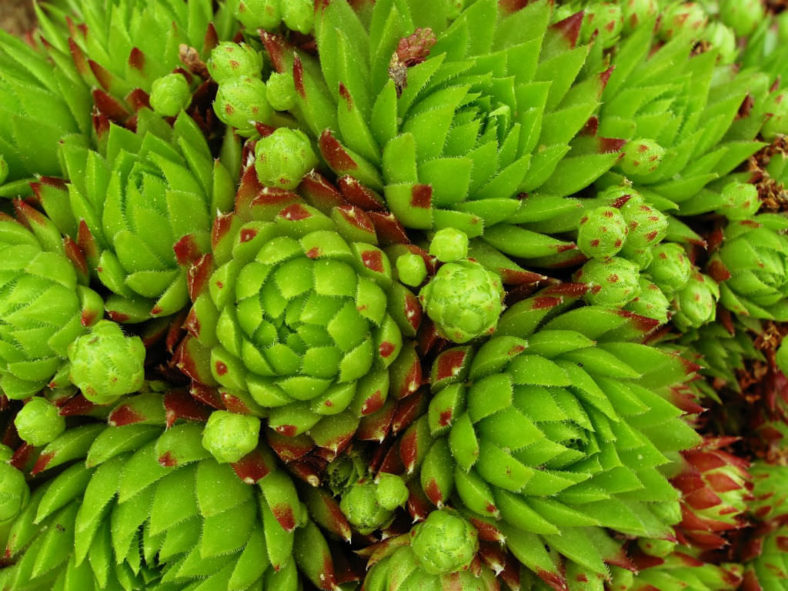Suppose you are planting winter-hardy succulents, such as Sedum, Sempervivum, Rosularia, Delosperma, and Yucca. In that case, you should not worry about extra winter care. You may see them begin to wither, shrink, or change color as cold weather approaches, but this is part of their regular winter routine. These plants withstand freezing temperatures, with some species hardy down to USDA Plant Hardiness Zone 3.
For less hardy succulents, the problem during the winter is the deadly combination of cold temperatures and waterlogged, soggy soil from rains and snowmelt. Many succulents will withstand colder temperatures if the soil can be kept dry enough.

Some care tips for tender succulents during freezing weather include:
- Keep the soil as dry as possible. Stop supplemental watering and feeding around late fall.
- Ensure there is adequate air circulation to keep the winter dampness at bay.
- Plant succulents in sheltered areas if your winters are rainy. A good spot might be a sunny location underneath the eaves or porch.
- Ensure your soil has good drainage. If you notice soggy soil around your succulents during wet weather, you must improve the conditions to help your plant survive. Add sand and well-draining organic matter to increase water drainage.
- Cover tender plants when freezing temperatures are forecasted. You can use fabric covers, bushel baskets, or purchased frost covers. Ensure the covers do not touch the leaves, and keep them covered longer than necessary. They need air circulation and sunlight.
- Do not remove the snow cover. It is a good insulator.
Source: todayshomeowner.com
Links
- Succupedia: Browse succulents by Scientific Name, Common Name, Genus, Family, USDA Hardiness Zone, Origin, or cacti by Genus